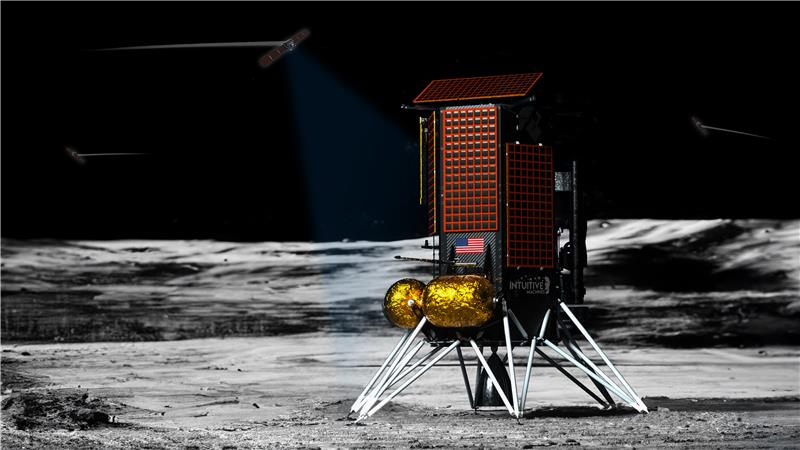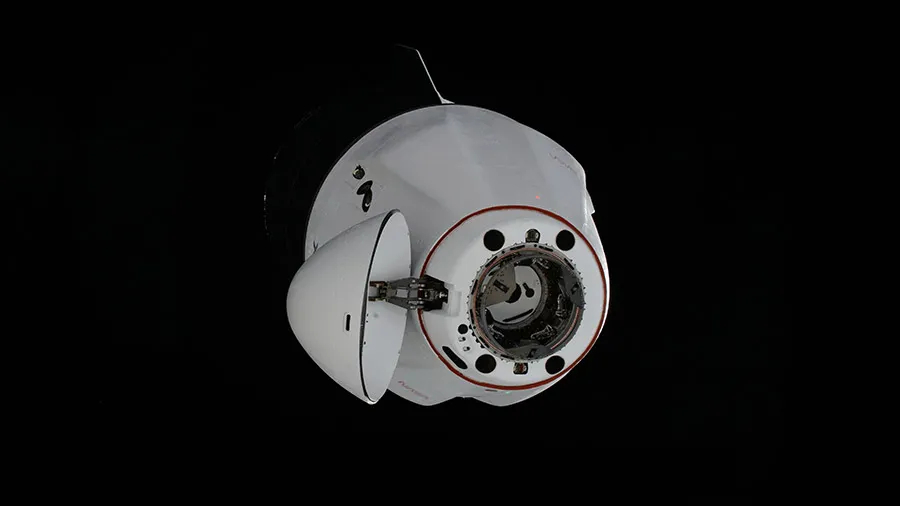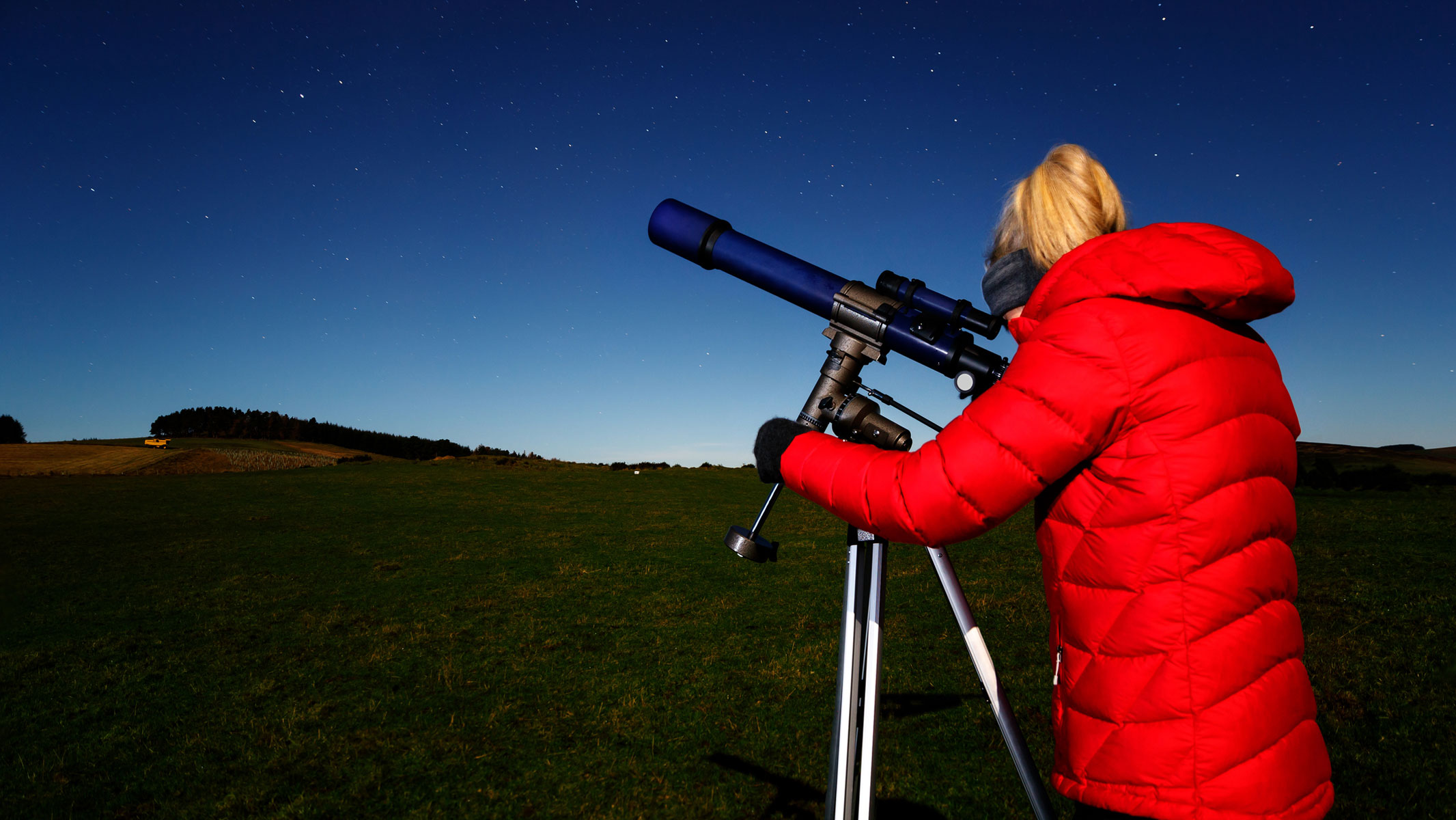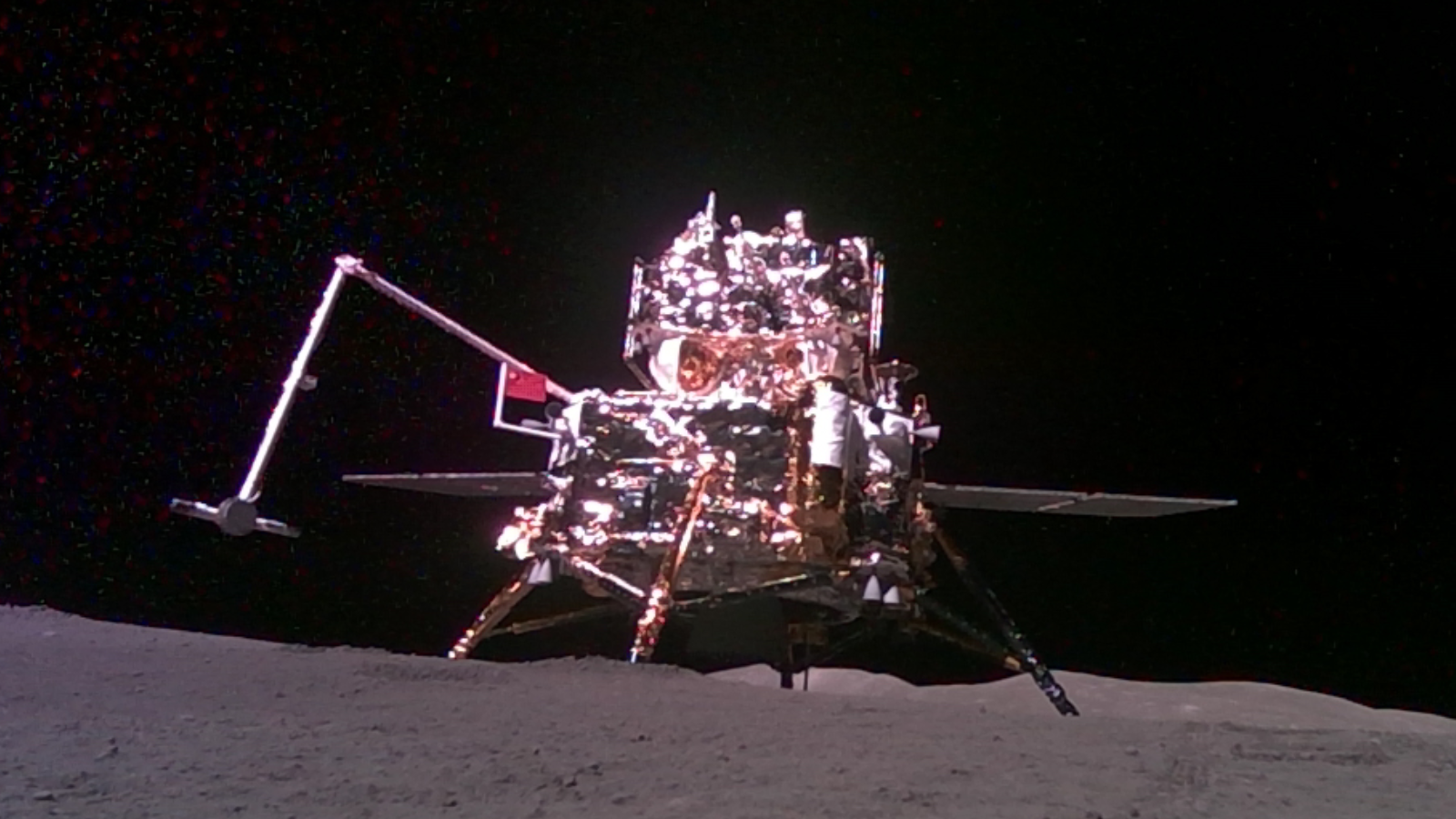Earth has a new 'quasi-moon' after discovery of newfound asteroid 2023 FW13
2023 FW13 has been in Earth's vicinity since 100 B.C. and will stay until at least A.D. 3700.
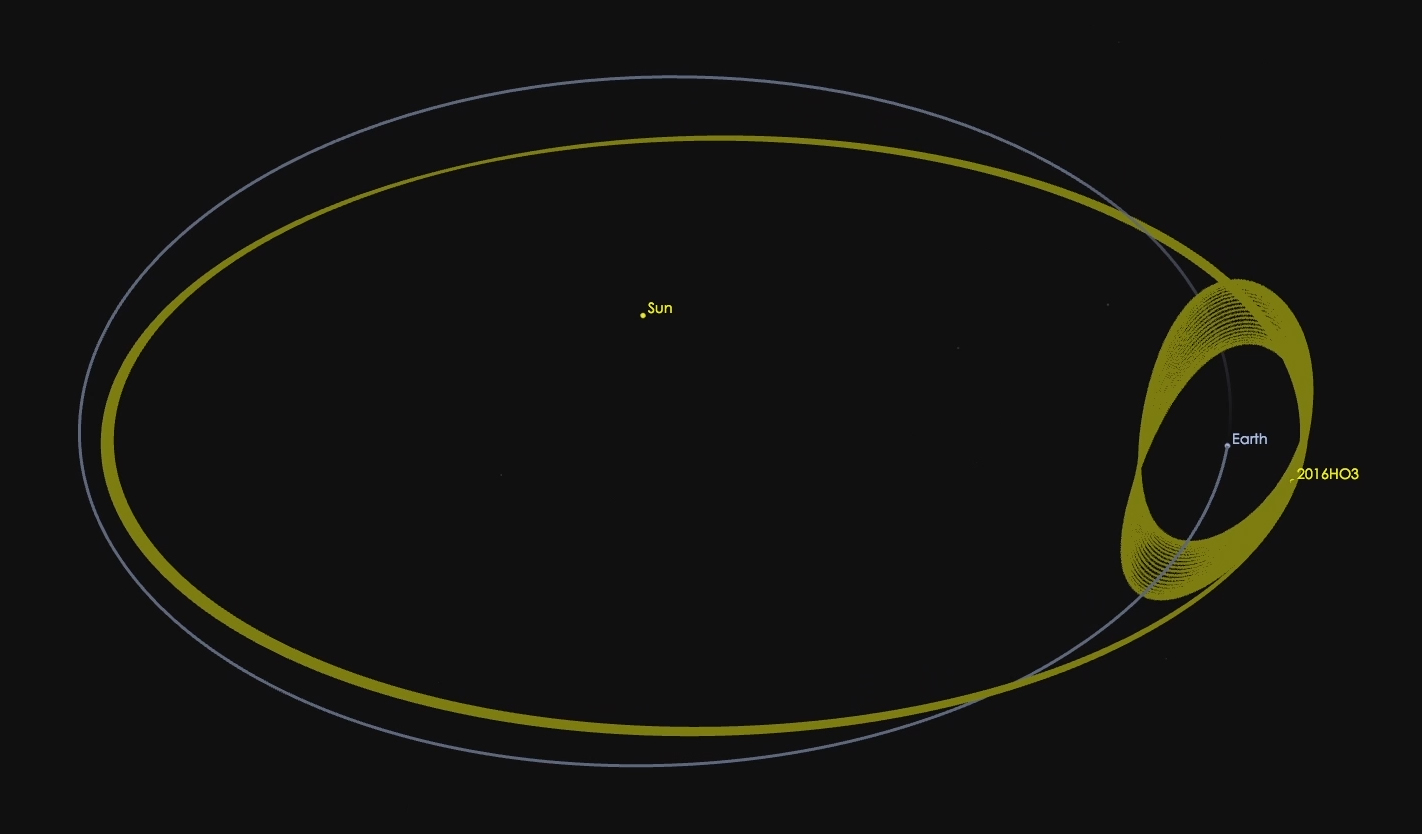
Astronomers have discovered yet another ancient cosmic companion of Earth.
The newfound asteroid 2023 FW13 circles the sun in sync with Earth, making it our planet's "quasi-moon." The space rock is in an orbit so elaborate that "it sweeps out halfway to Mars and in halfway to Venus," Sky & Telescope's David Chandler reported Friday (April 7).
The asteroid was first spotted on March 28 by scientists using the Pan-STARRS survey telescope, which snaps pictures of the night sky from its perch atop Haleakala, a dormant volcano on the Hawaiian Island of Maui.
Related: Photos of asteroids in deep space
Meet newly-discovered asteroid 2023 FW13. @AdrienCoffinet noticed it is a quasi-satellite of Earth. Astronomer, Sam Deen, located precovery images which help confirm the 1:1 resonance with Earth. This is the same type of orbit as Kamoʻoalewa (2016 HO3). https://t.co/c9EnXVooXY pic.twitter.com/BY2GEOPGzLApril 4, 2023
The space rock's presence was soon confirmed using the Canada-France-Hawaii Telescope in Hawaii and the Kitt Peak National Observatory and Mt. Lemmon SkyCenter in Arizona. After passing all checks, its discovery was officially announced on April 1.
The news caught the attention of Adrien Coffinet, a journalist at the French news website Futura - Inspirons l'avenir. By chalking out the asteroid's path using an orbit simulator developed by amateur astronomer Tony Dunn, Coffinet was the first to find that 2023 FW13 travels around the sun in the same amount of time that Earth does, while also looping around our planet. These details led him to conclude that the space rock is likely a quasi-moon or quasi-satellite of Earth.
While 2023 FW13 — which could be about 65 feet (20 meters) wide, according to early estimates — tags along with Earth, astronomers say the sun has significantly more influence on the space rock. Earth disturbs the asteroid's orbit only slightly, in such a way that it always hovers in the planet's vicinity, Coffinet reported Thursday (April 6). Each year, the space rock ventures within 9 million miles (15 million kilometers) of Earth. For reference, at the closest point in its slightly elliptical orbit around Earth, the moon comes within about 223,693 miles (360,000 km) of our planet.
Get the Space.com Newsletter
Breaking space news, the latest updates on rocket launches, skywatching events and more!
2023 FW13 is not the first object of its kind discovered in Earth's cosmic neighborhood. Astronomers think the space rock's orbit is similar to that of that asteroid Kamo'oalewa, also known as 2016 HO3, another Earth quasi-satellite spotted in 2016 that never drifts too far from the planet.
Since 2023 FW13's discovery, citizen astronomers scouring archival data have found sightings of the asteroid since 2012. Using all that data, they calculated past and future orbits of the space rock, and think it has been in our general neighborhood since 100 B.C. and will stay until at least A.D. 3700, according to Sky & Telescope's David Chandler. "If that's correct, 2023 FW13 would be the most stable quasi-satellite of Earth ever found," Chandler writes.
Like Kamo'oalewa, astronomers think 2023 FW13 does not pose a threat to Earth.
Follow Sharmila Kuthunur on Twitter @Sharmilakg. Follow us on Twitter @Spacedotcom or Facebook.
Join our Space Forums to keep talking space on the latest missions, night sky and more! And if you have a news tip, correction or comment, let us know at: community@space.com.

Sharmila Kuthunur is a Seattle-based science journalist focusing on astronomy and space exploration. Her work has also appeared in Scientific American, Astronomy and Live Science, among other publications. She has earned a master's degree in journalism from Northeastern University in Boston. Follow her on BlueSky @skuthunur.bsky.social
